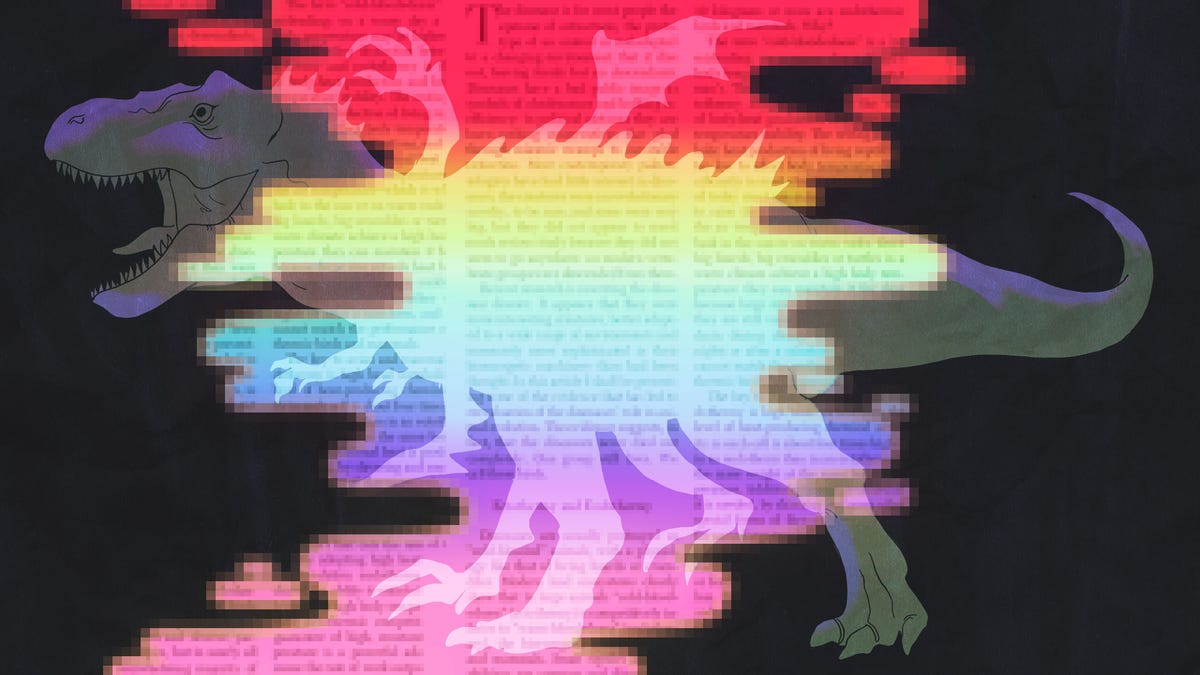Earlier this year, a scientific journal published a study on a rat with at least four testicles, one larger than its head. Another unusual discovery was a pterosaur with a third foot sprouting from its wing. Meanwhile, a museum shared a psychedelic Godzilla-meets-gecko image on social media, alongside a more accurate depiction of the ancient reptile on its website. The use of artificial intelligence in creating such imagery has sparked controversy.
In the realm of paleontology, the art of depicting ancient creatures, known as “paleoart,” plays a crucial role in helping scientists and the public understand new findings. These illustrations are informed by scientific knowledge and provide a window into worlds millions of years removed from our own. However, AI image generators struggle to capture the complexity and detail required for accurate paleoart, as they cannot incorporate the same level of information as human artists.
Paleoart involves meticulous research into the anatomy, environment, and behavior of extinct animals, drawing from a wide range of scientific disciplines. AI models lack the human touch and perspective that human artists bring to their work, leading to concerns about the authenticity and ethical implications of AI-generated paleoart. Some argue that AI is undermining the work of real paleoartists and should not have a place in paleontology.
While AI has revolutionized various scientific fields, including astronomy and archaeology, its use in paleoart raises questions about transparency, accountability, and the preservation of artistic expression. As AI continues to advance, establishing ethical guidelines and standards for its use in scientific communication is crucial to maintaining the integrity of research and ensuring accurate representation of ancient creatures for the public.

